Do you have a question about the Toyota 2001 MR2 Spyder and is the answer not in the manual?
Provides an introduction to the vehicle's instruments and controls, with a table of contents.
Details the components and their locations on the instrument panel with an illustrative diagram.
Explains the functions and locations of the gauges and indicators in the instrument cluster.
Lists and explains various indicator symbols found on the instrument panel.
Covers the operation and features related to keys and vehicle doors.
Explains the types of keys supplied and precautions for using keys with transponder chips.
Covers soft top precautions, including how to raise and lower it safely.
Overview of controls for seats, seat belts, steering wheel, and mirrors.
Provides guidance on proper seating posture and seat adjustment precautions.
Details seat belt usage, precautions, and proper adjustment for maximum safety.
Describes the Supplemental Restraint System (SRS) airbags and their operation.
Provides instructions and recommendations for using child restraint systems.
Overview of the vehicle's lighting, wiper, and defogger controls.
Details how to operate headlights, turn signals, and high/low beams.
Overview of gauges, meters, and service reminder indicators on the instrument panel.
Lists and explains various service reminder indicators and warning buzzers and their meanings.
Covers the operation of the ignition switch, transmission, and parking brake.
Overview of the car audio system, including its basic features and controls.
Overview of the air conditioning system, including controls and operating tips.
Covers various other equipment and controls in the vehicle.
Provides tips for the initial driving period to ensure vehicle economy and longevity.
Details the required fuel type, octane rating, and cautions for gasoline usage.
Describes the function of the catalytic converter and precautions for its proper operation.
Warns about the hazards of engine exhaust and necessary precautions.
Explains the normal causes of engine oil consumption and its importance.
Details the tandem master cylinder brake system and the function of the brake booster.
Lists checks to perform before starting the engine for safety and proper operation.
Guides through simple checks and troubleshooting steps if the vehicle fails to start.
Provides steps to take if the engine stalls while the vehicle is in motion.
Explains how to handle an overheating engine, including safety precautions.
Details the procedure for safely changing a flat tire, including jacking instructions.
Recommends professional towing services and outlines towing precautions.
Provides crucial safety precautions for performing maintenance on the vehicle.
Explains how to check the engine oil level and select the correct oil viscosity.
Details how to check the coolant level and select the appropriate coolant type.
Describes how to check the brake fluid level and its importance.
Provides instructions for checking tire pressure and maintaining proper levels.
Explains how to check battery condition, including precautions and emergency measures.
| Brand | Toyota |
|---|---|
| Model | 2001 MR2 Spyder |
| Category | Automobile |
| Language | English |
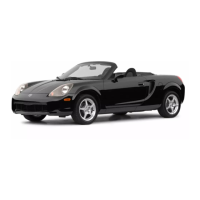



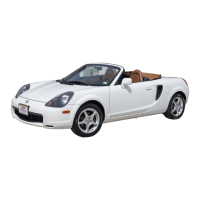
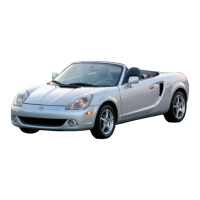


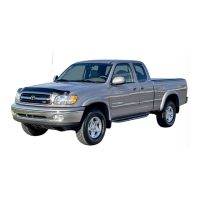

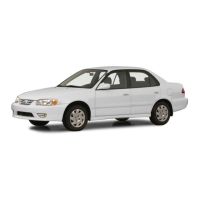
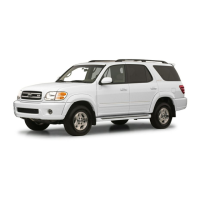
